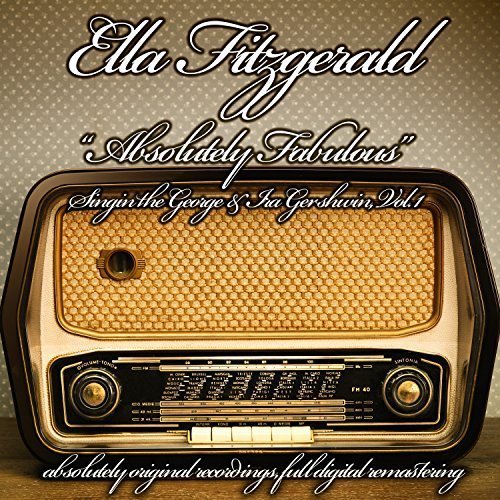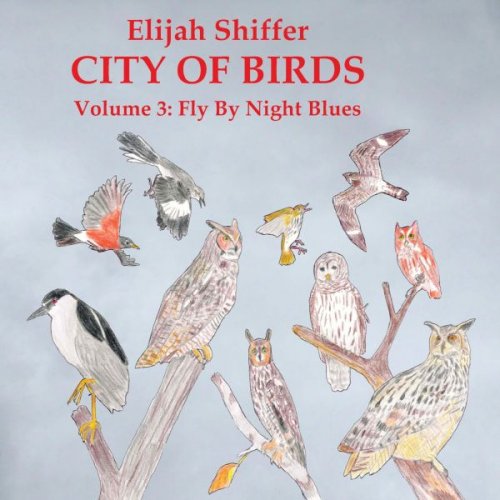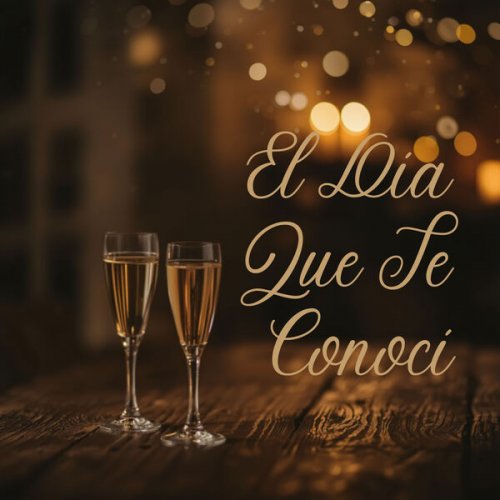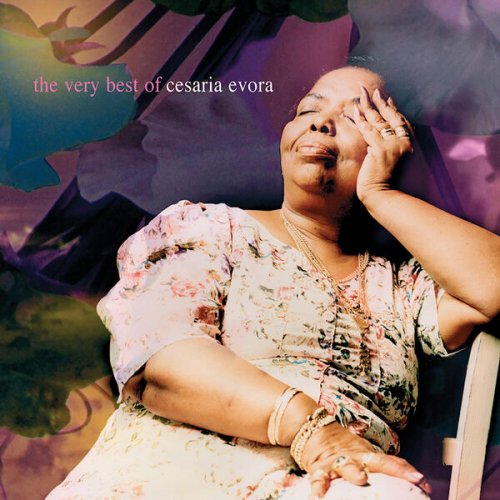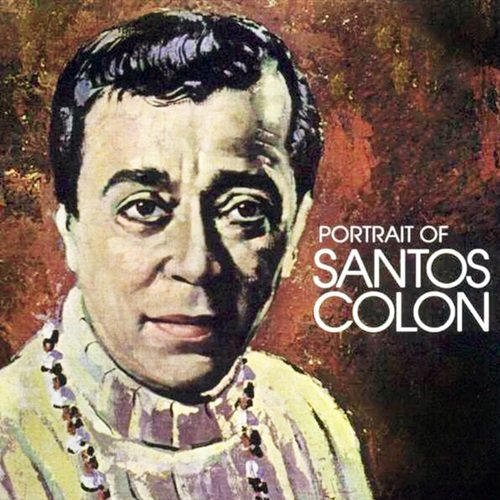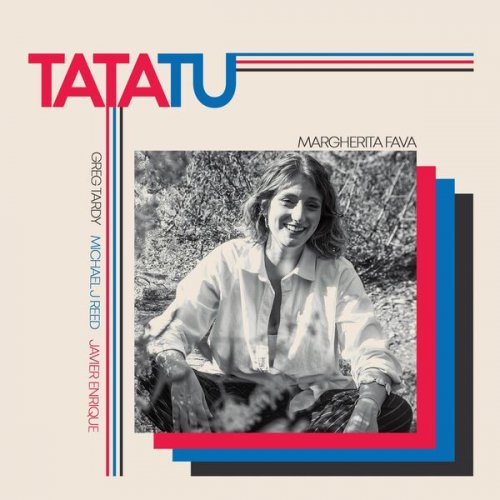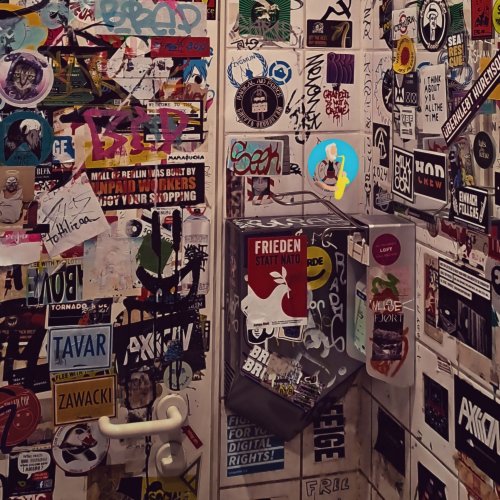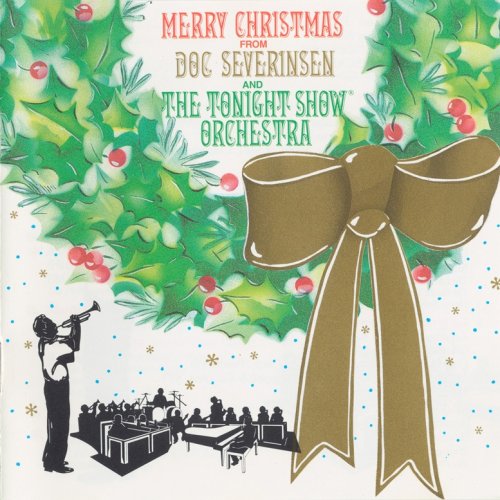Valerio Losito, Federico Del Sordo, Diego Leverić, Cecilia Medi, Andrea Lattarulo, Carlo Calegari - Dal Barba: Violin Sonatas (2022) [Hi-Res]
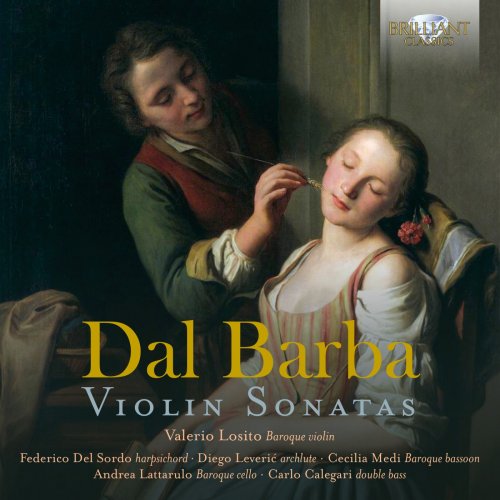
Artist: Valerio Losito, Federico Del Sordo, Diego Leverić, Cecilia Medi, Andrea Lattarulo, Carlo Calegari
Title: Dal Barba: Violin Sonatas
Year Of Release: 2022
Label: Brilliant Classics
Genre: Classical
Quality: flac lossless (tracks) / flac 24bits - 44.1kHz +Booklet
Total Time: 01:52:28
Total Size: 651 mb / 1.16 gb
WebSite: Album Preview
TracklistTitle: Dal Barba: Violin Sonatas
Year Of Release: 2022
Label: Brilliant Classics
Genre: Classical
Quality: flac lossless (tracks) / flac 24bits - 44.1kHz +Booklet
Total Time: 01:52:28
Total Size: 651 mb / 1.16 gb
WebSite: Album Preview
01. Violin Sonata No. 1 in D Major: I. Addaggio
02. Violin Sonata No. 1 in D Major: II. Allegro
03. Violin Sonata No. 1 in D Major: III. Capriccio Variator
04. Violin Sonata No. 2 in B-Flat Major: I. Addaggietto
05. Violin Sonata No. 2 in B-Flat Major: II. Allegro Lento
06. Violin Sonata No. 2 in B-Flat Major: III. Allegro
07. Violin Sonata No. 3 in G Major: I. Addaggio
08. Violin Sonata No. 3 in G Major: II. Spiritoso
09. Violin Sonata No. 3 in G Major: III. Minueto Variator
10. Violin Sonata No. 4 in E Major: I. Addaggio
11. Violin Sonata No. 4 in E Major: II. Vivace
12. Violin Sonata No. 4 in E Major: III. Allegro
13. Violin Sonata No. 5 in F Major: I. Addaggio
14. Violin Sonata No. 5 in F Major: II. Allegro
15. Violin Sonata No. 5 in F Major: III. Minueto Variator
16. Violin Sonata No. 6 in A Major: I. Addaggio
17. Violin Sonata No. 5 in F Major (2): II. Allegro
18. Violin Sonata No. 5 in F Major: III. Minueto Variator (3)
Little-known, late-Baroque chamber sonatas by a Veronese contemporary of Bach and Haydn.
Born in Verona in 1715, Daniel del Barba grew up, lived and worked there as a composer, violinist, singer and librettist until retiring in 1791; he died in the city a decade later. When his collection of 12 violin sonatas was composed and published isn’t certain: probably the late 1740s. By then he had become known as a composer for both the stage and the church. These sonatas remain among the few surviving examples of instrumental music in his output, but they tell us that del Barba was a master of his art in the north Italian school of violin writing. The absence of counterpoint and of brilliant virtuoso effects distinguishes these sonatas from Vivaldi and his Venetian contemporaries. The supple melodic ideas, decorative lyric lines, and late Baroque formal designs belong instead to the gentler stile galante, and in particular to the influential style of Giuseppe Tartini, who may have acted as a mentor to del Barba.
Audiences at the time enjoyed the tunefulness of del Barba’s music, its harmonic clarity and sentimental charm.
Almost three centuries on, contemporary listeners may readily respond likewise, thanks to the revival of interest in his music led by Brilliant Classics. An album of Dal Barba’s Requiem (96189) and other sacred music was released late in 2022; this collection of the first six violin sonatas features several distinguished interpreters of Italian early music, led by the violinist Valerio Losito, who has made several critically acclaimed albums for the label.
‘Scarlatti’s music is, as always, an infection of delight... Losito and Coen are thoroughly convincing.’ (Scarlatti, 94242) Fanfare
‘This is an excellent release… one really should have this disc in the collection… The performance by Valerio Losito and Paolo Perrone is finely detailed and energetic…Losito handles the often tortuous passages with ease and musicality.’ (Tessarini, 95851) Fanfare
- Daniel Pio Dal Barba (1715-1801) was a composer of sacred music towards the end of the 18th century, especially thanks to his position as Maestro di Cappella of Verona Cathedral, which he assumed in 1762, at the age of forty-seven. To this prestigious position, Dal Barba had arrived after a career as a composer of operas (mainly destined for the theatres of Venice), a singer and an appreciated violinist.
- The Violin Sonatas by Dal Barba presented on this album provide an overview of the violin art in northern Italy that is still little known and obscured by the classical and virtuosic style introduced first by Giuseppe Tartini and later by Niccolò Paganini. Dal Barba's musical language renounces any contrapuntal pretensions; rather, it is devoted exclusively to drawing up a harmonic-melodic profile it adopts the typical characteristics of the Neapolitan galant style - a true musical novelty that was imported to Venice as early as the early 1730s, indulging in melodious invention and instrumental brilliance.
- Played by Early Music Specialist Valerio Losito and an ensemble directed by Federico Del Sordo, who already successfully recorded similar repertoire for Brilliant Classics by Tessarini, Veracini and Domenico Scarlatti.
